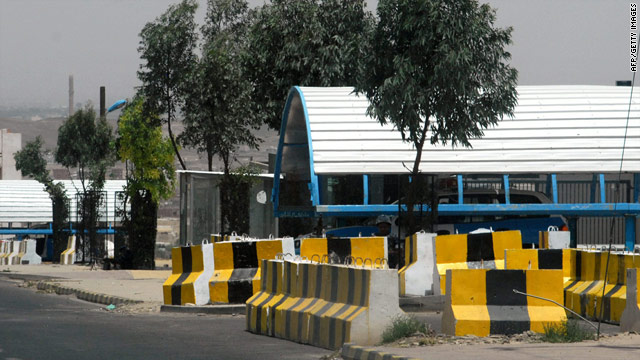Nato says Afghan campaign 'unimpeded' by Pakistan row

Attacks on Nato convoys have risen dramatically since a key crossing was shut
BBC.,7 October 2010 Last updated at 07:26 GMT
Nato says its war effort in Afghanistan has not been impeded by its supply problems in Pakistan.
Attacks on convoys have soared since Pakistan shut a key border-crossing because of a Nato air-strike which killed at least two soldiers.The US has now apologised for the attack.
Nato says it expects the problem to be resolved soon.
But relations with Islamabad have been placed in further doubt by a White House report that has questioned Pakistan's willingness to curb militants.
Tanker attacks
In the latest attacks blamed on militants, at least 40 tankers carrying fuel for Nato were destroyed on Wednesday.Brigadier-General Josef Blotz, a spokesman for the Nato-led International Security Assistance Force (ISAF), told the Reuters news agency operations were "not impeded at all by these incidents".
He added the publication of a joint inquiry into last week's Nato helicopter attack could help bring about the reopening of the border route through the Khyber Pass.
Analysis
The latest White House assessment of the war in Afghanistan suggests the Pakistani military's reluctance to take on the Taliban or al-Qaeda on its side of the border is as much a political choice as a reflection of an under-resourced military choosing what it can or cannot do.
This summer's devastating floods clearly gave the Pakistani authorities yet another headache, but the White House assessment paints a picture of a military that stays close to main roads, disrupting and displacing militants but not willing or able to stabilise areas afterwards.
The report also criticises Pakistan's president, Asif Ali Zardari, for travelling to Europe after the August flooding, saying this had damaged his image at home and abroad, as well as exacerbating inter-party tensions and civil-military relations.
Confidence in the civilian government, it says, has dropped steeply throughout the year, although confidence in the military has actually climbed.
"We do expect that with the closure of the assessment... we are closer to a resolution of all the problems," he said.
The American apology to the dead and injured in the air strike came in a statement from US Ambassador to Pakistan Anne Patterson who paid tribute to Pakistan's "brave security forces".
Nato's Gen David Petraeus also apologised and vowed to work to stop similar incidents happening in the future.
However, a White House report to the US Congress questioned Pakistan's willingness to tackle militants operating in the tribal areas of North Waziristan, close to the Afghan border.
The report said Pakistan's military stayed close to the main roads, avoiding "military engagements that would put it in direct conflict with Afghan Taliban or al-Qaeda forces in North Waziristan".
This was "as much a political choice" as a question of military ability, the report said.
Although it said operations against insurgents had continued in South Waziristan, soldiers had stayed close to roads and progress was slow.
Khyber crossing
Pakistan said three of its soldiers were killed in the helicopter strike on 30 September and responded by closing the Torkham crossing, seen as vital for supplying the US and Nato troops in Afghanistan.More than 100 tankers destined for Afghanistan have since been destroyed.
The Chaman crossing in Balochistan remains open, but this is not as convenient for supplies bound for Kabul.
Supplies can also be brought into northern Afghanistan via Uzbekistan and Tajikistan.








